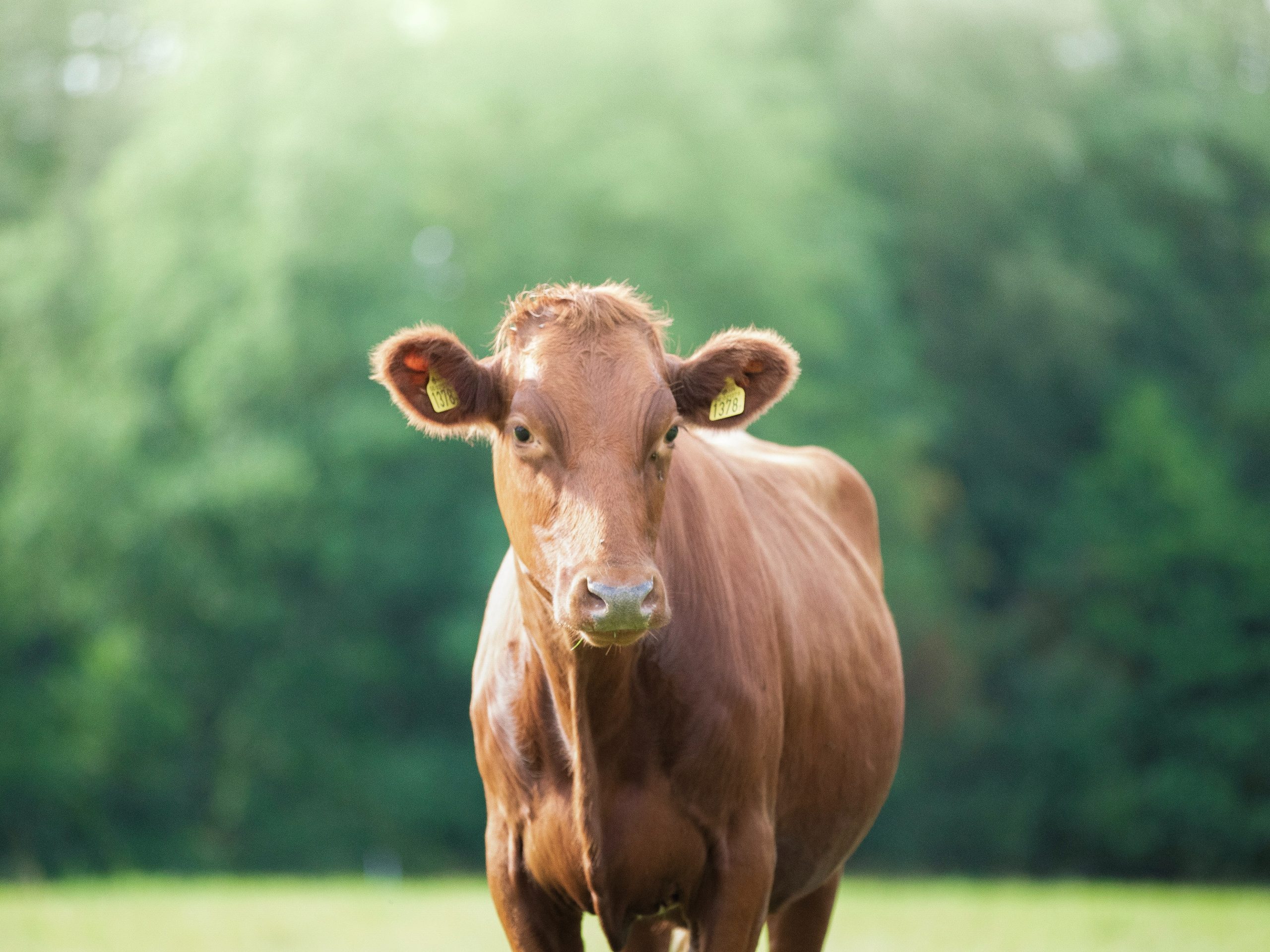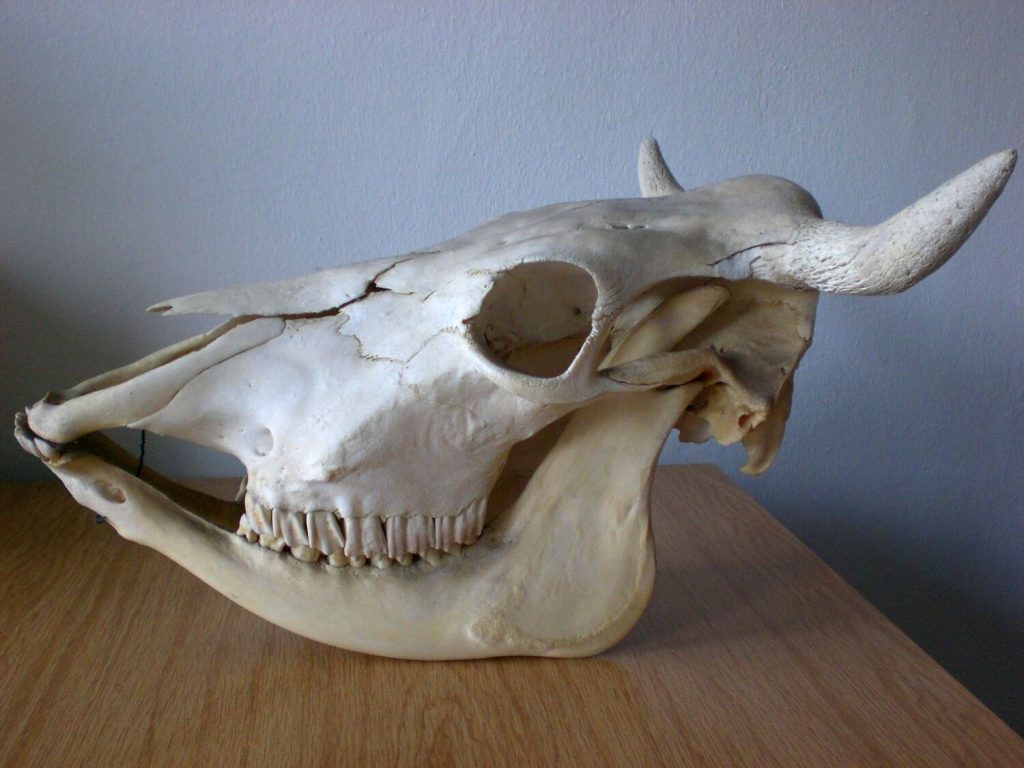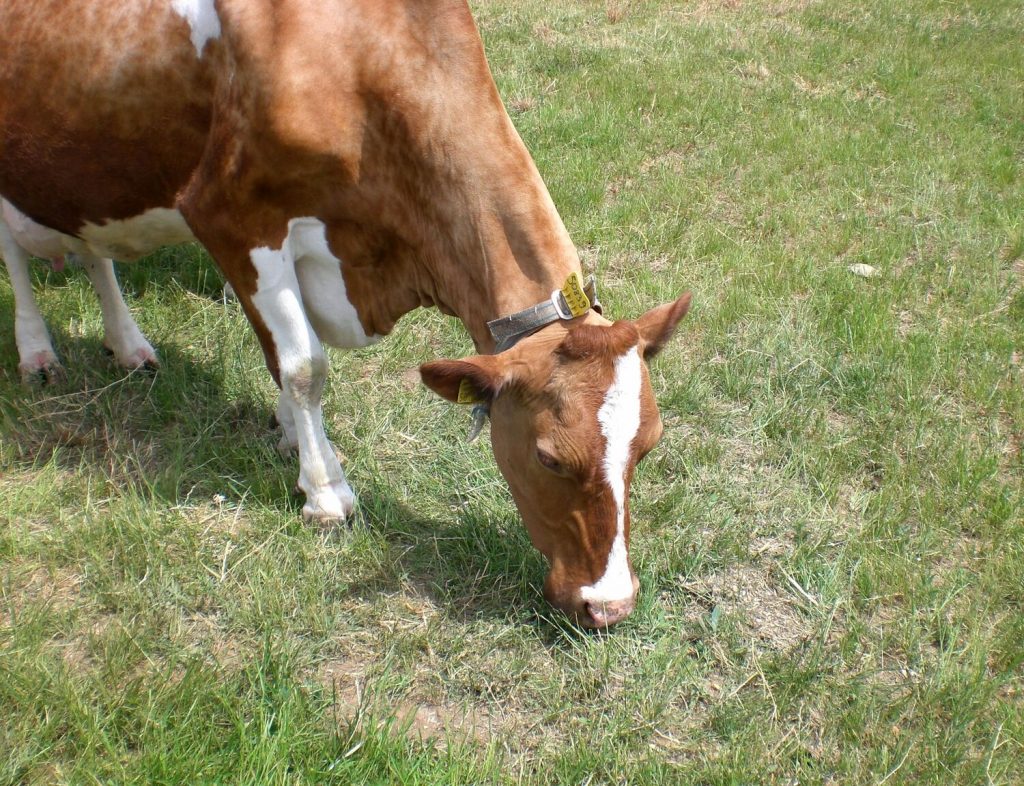”Our research explains a fundamental but little-studied aspect of food grinding in large herbivores, which contributes to the understanding of the function and evolution of teeth.
Prof. Dr. Jürgen HummelProfessor für Wiederkäuerernährung am Department für Nutztierwissenschaften an der Georg-August-Universität Göttingen
Research team including Göttingen University explains tooth abrasion in cows
Ruminants like cows have developed an unusual way of digesting their food: they ingest plants, give them a rough chewing and then swallow the half-chewed mash before regurgitating it repeatedly and continuing to chew. This has clear advantages, as a research team including the University of Göttingen has shown: the regurgitated mushy food contains much less hard grit, sand and dust than the food that they first ingested. This protects the teeth from being ground down during the chewing process. This may explain why the crowns of the teeth of ruminants are less pronounced than those of other herbivores. The findings have been published in the journal Proceedings of the National Academy of Science (PNAS).
Bildrechte: Prof. Dr. Jürgen Hummel
The researchers fed four cows grass feed mixed with sand for several days and took samples of the regurgitated food pulp and faeces. They then measured the silicate content of each sample. The compounds from sand and grass are particularly abrasive to teeth because of their hardness. The faeces contained about the same amount of silicates as the grass feed mixed with sand, whereas the regurgitated food contained significantly less. The only explanation is that the silicates must have stayed in the stomach, or more precisely in the “rumen”. The rumen is the largest stomach compartment in ruminants and the place where food is fermented and broken down by microorganisms.
Because this laborious chewing is partly carried out on food pulp that has been „washed“ in the rumen, the teeth of ruminants are less worn than those of horses, for example. The latter chew their food completely after ingestion, including the abrasive bits. For the researchers, this observation makes sense because the teeth of ruminants have comparatively low crowns. The method of digestion means the teeth remain functional for longer. It explains the distinctive shape of ruminant’s teeth: there has been no evolutionary pressure to form more tooth material.
„Our research explains a fundamental but little-studied aspect of food grinding in large herbivores, which contributes to the understanding of the function and evolution of teeth,“ explains Professor Jürgen Hummel, the University of Göttingen’s Ruminant Nutrition Group. In addition to understanding the physiology of digestion, the result is interesting for palaeontology: teeth are well preserved as fossils and often provide the most important clues in reconstructing early herbivores and their environment.
Original publication: Valerio et al. (2022): The Ruminant sorting mechanism protects teeth from abrasives. PNAS 2022, DOI: 10.1073/pnas.2212447119
A commentary in PNAS refers to the results and discusses the topic further: Sanson GD (2023): Reassessing assumptions about the evolution of herbivore teeth. PNAS 2023, DOI: 10.1073/pnas.2219060120
Kontakt
Professor Jürgen Hummel
University of Göttingen
Ruminant Nutrition Group
Kellnerweg 6, 37077 Göttingen, Germany
Tel: +49 (0551) 39-23359
Email: jhummel@gwdg.de
www.uni-goettingen.de/de/492912.html



